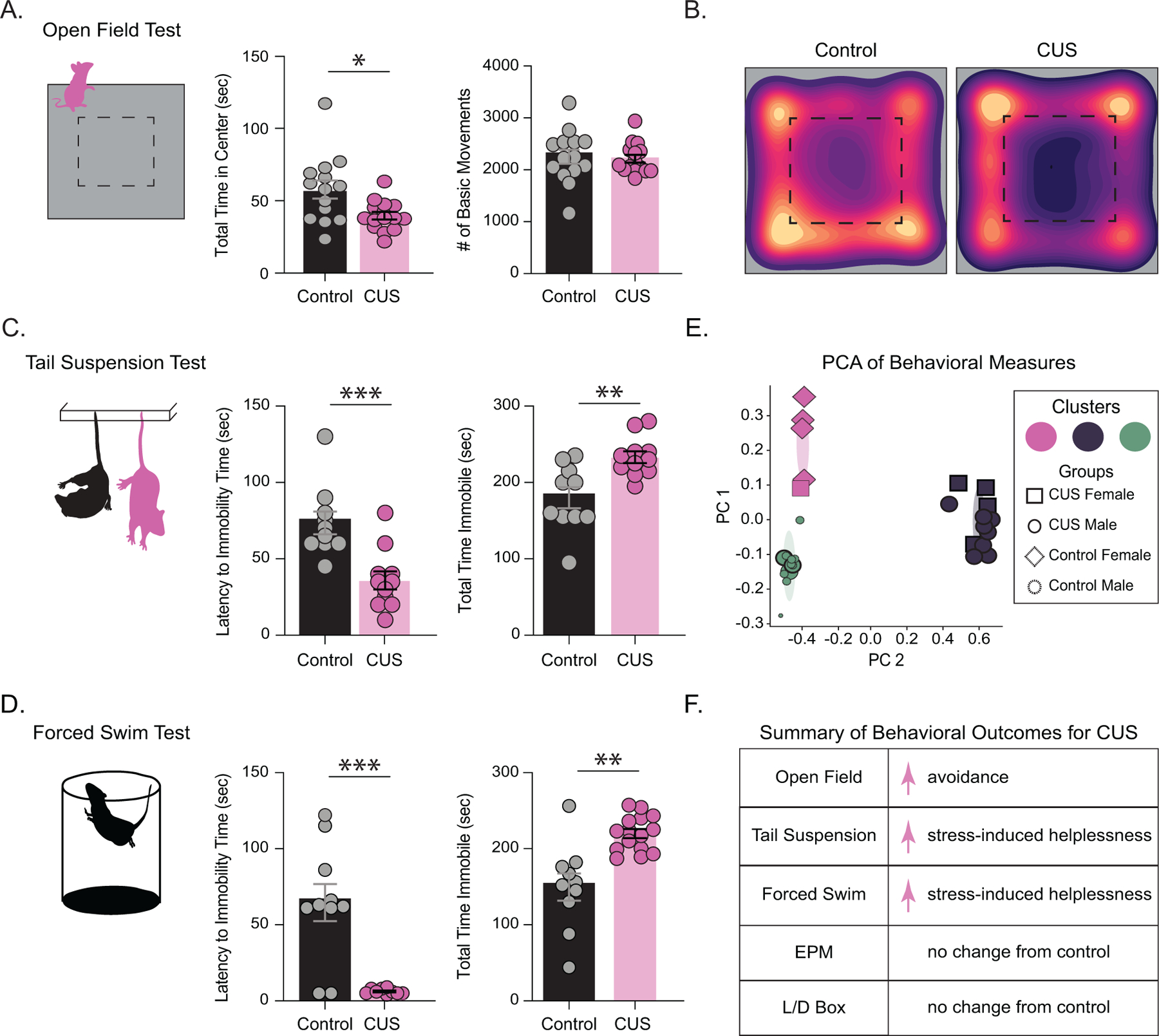Figure 1. Chronic unpredictable stress induced behavioral deficits.

CUS increased avoidance behaviors, with decreased total time spent in the center of the open field without altered overall locomotor behavior (A) control n=14, CUS n=15. (B) representative heat maps of mobility during the open field test of control and CUS mice. CUS also increased stress-induced helplessness, with CUS mice exhibiting a decreased latency to immobility time and an increased total time spent immobile during the tail suspension test (C) control n=10, CUS n=11. CUS mice also displayed stress-induced helplessness in the forced swim test, exhibiting a decreased latency to immobility and increased total time immobile compared to controls (D) n=10, CUS n=15. (E) PCA performed on all behavioral outcomes demonstrated different clusters for mice subjected to CUS compared to controls. (F) summary of behavioral outcomes for mice that underwent CUS for transparency across experiments. *denotes p< 0.05, **p<0.01, ***p<0.001 using an unpaired t-test.
